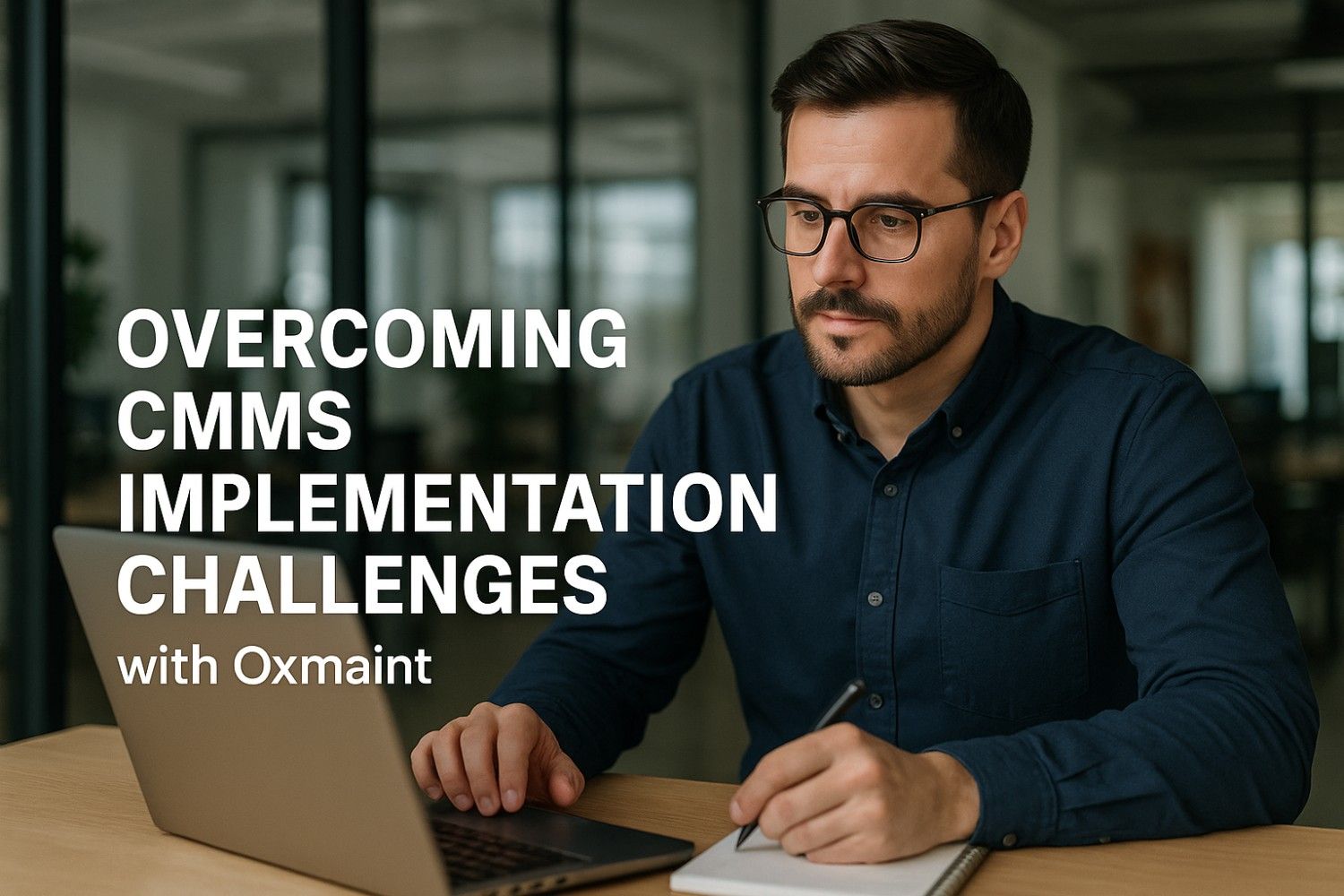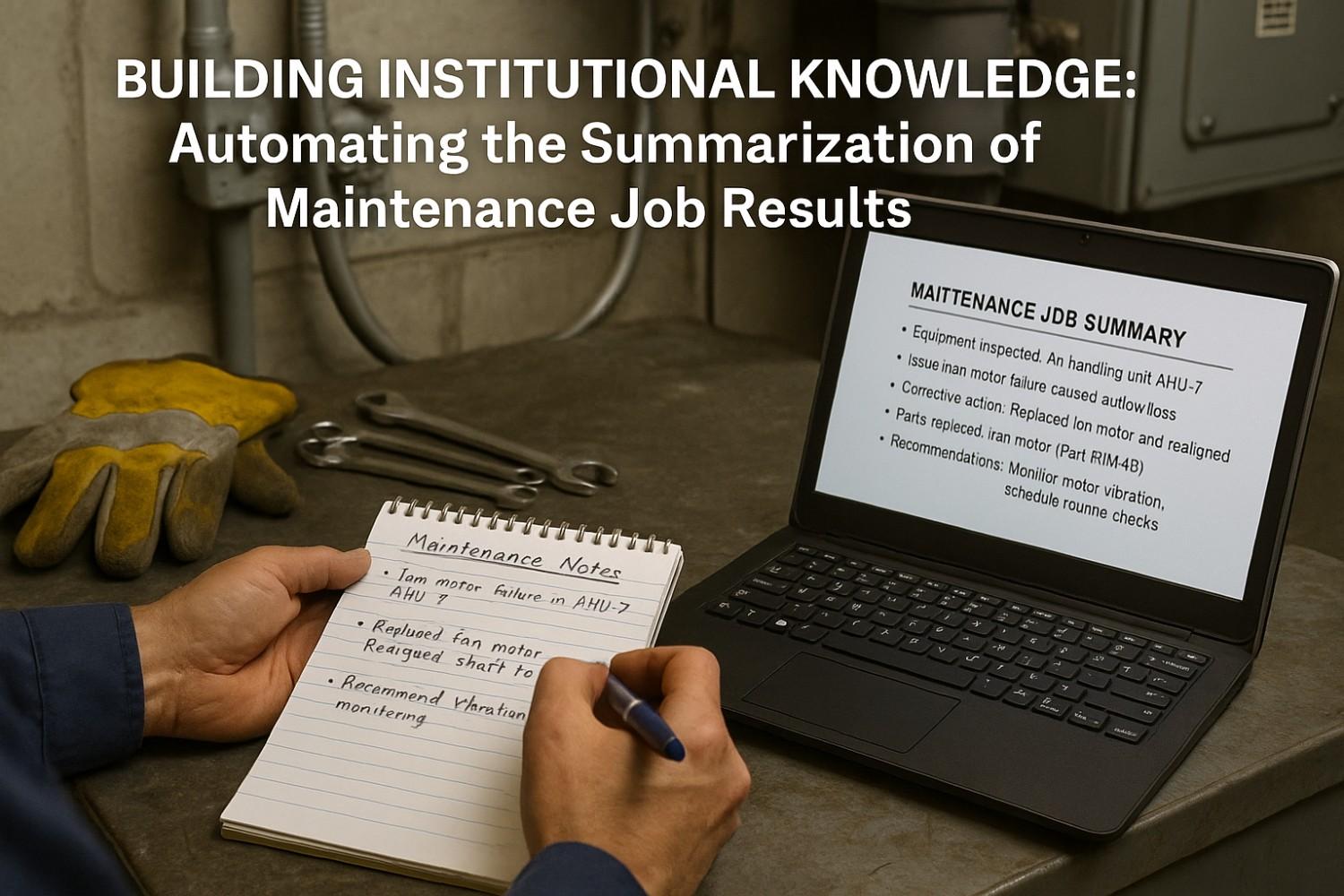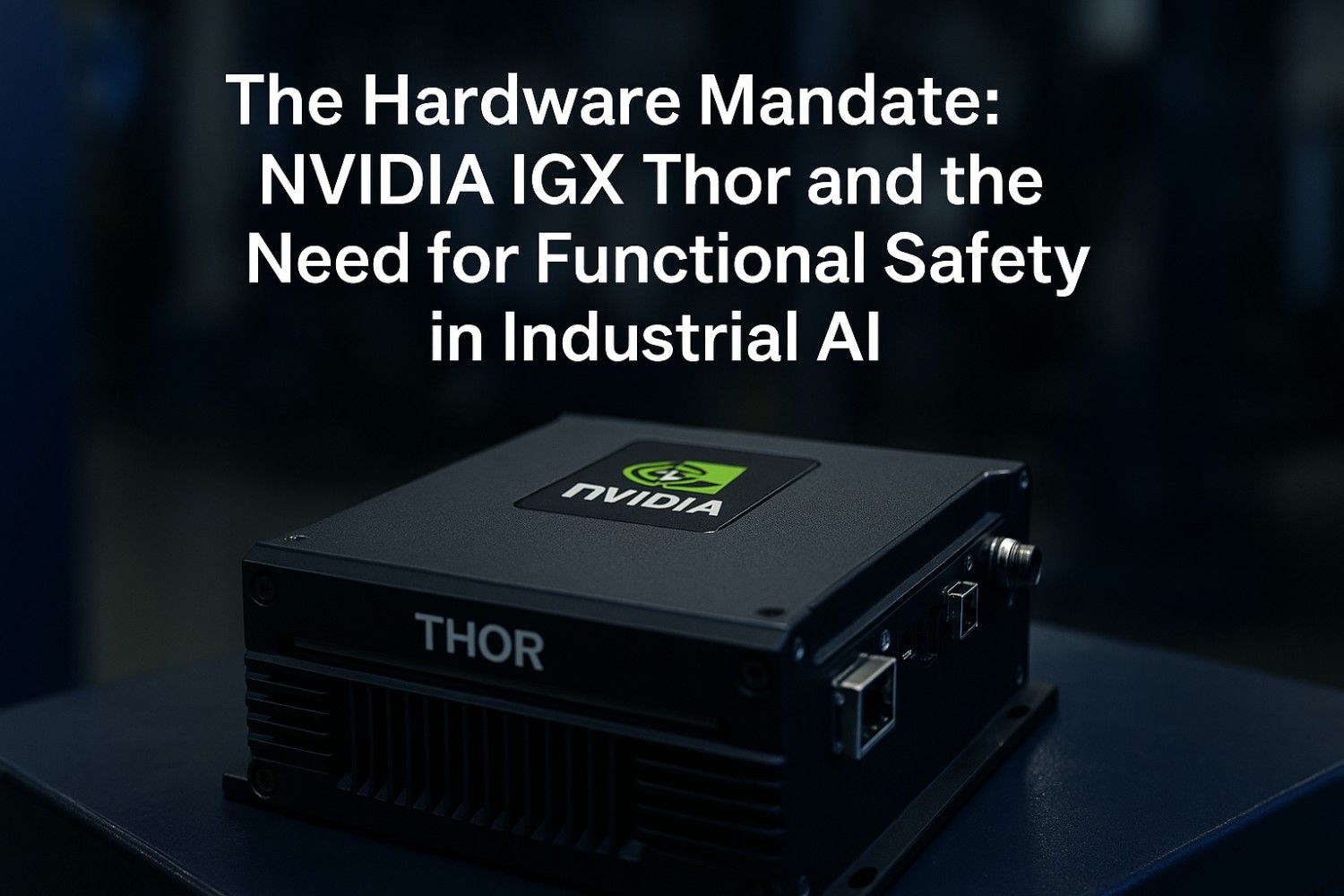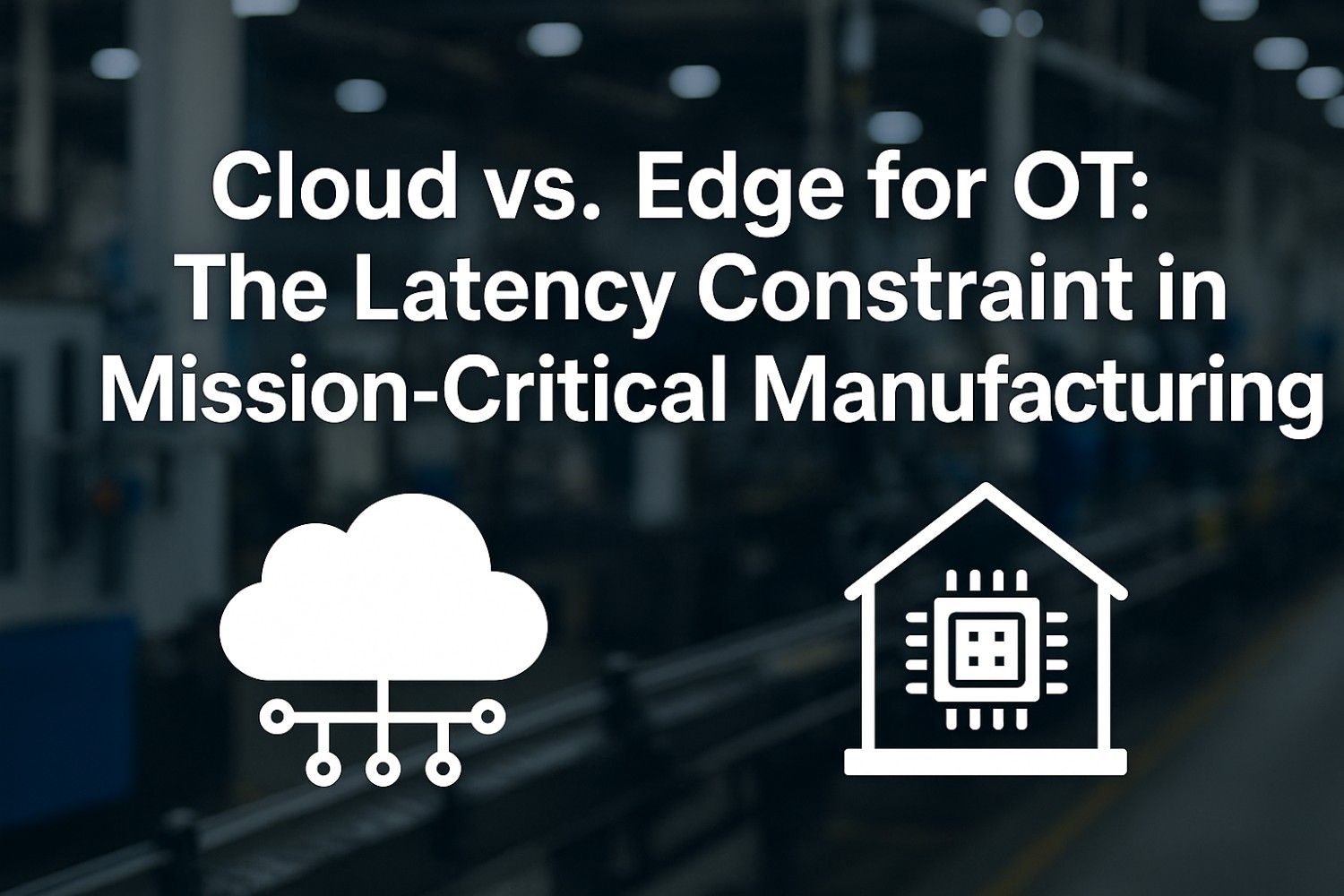Your operations director storms into Monday's leadership meeting with alarming news: "We're three months into our $450,000 CMMS implementation, but only 18% of maintenance techs are actually using the system. The rest are still working from paper work orders and spreadsheets." You review the implementation plan—comprehensive training scheduled, vendor support contracted, executive sponsorship secured—but realize that technology adoption isn't happening despite significant investment. Without understanding the root causes of implementation resistance and addressing organizational change barriers systematically, you've essentially invested nearly half a million dollars in a system that's gathering digital dust.
This implementation failure scenario haunts American manufacturing facilities daily as organizations struggle to transform maintenance operations through CMMS technology that never achieves planned adoption rates. The average industrial facility experiences only 40-55% user adoption within the first year of CMMS deployment, with 25-30% of implementations ultimately failing to deliver expected ROI, but organizations following structured implementation frameworks achieve 75-85% adoption rates while realizing full system value within 18-24 months.
Facilities implementing strategic CMMS deployment approaches achieve 60-80% improvements in maintenance efficiency while reducing administrative overhead by 45-65% compared to those attempting technology-first implementations without organizational readiness planning. The transformation lies in understanding that successful CMMS implementation requires equally balancing technology configuration, process redesign, change management, and continuous capability development rather than treating it purely as a software installation project.
Tired of watching your CMMS investment fail while technicians ignore the system and continue working from paper?
Stop wasting $450,000 on implementations that achieve only 18% adoption. Discover how Oxmaint's proven deployment methodology achieves 75-85% user adoption within 90 days through systematic change management and intuitive design that maintenance teams actually embrace.
Understanding CMMS Implementation Challenges
Effective CMMS implementation requires understanding the multi-dimensional challenge ecosystem extending far beyond software installation to include organizational culture, process maturity, data quality, and change readiness factors. These challenges manifest across technology, people, process, and data dimensions that must be addressed systematically for successful deployment.
Technology-focused implementations that ignore organizational factors typically achieve only 25-35% of expected benefits while generating user frustration and resistance. Research demonstrates that successful CMMS deployments invest 40-50% of resources in change management, training, and process optimization alongside technology configuration—not just purchasing software and expecting automatic adoption.
User Adoption Resistance
Technicians resisting new workflows and continuing paper-based processes. Overcome through early involvement, addressing concerns directly, and demonstrating clear personal benefits beyond "management wants data."
Data Migration Complexity
Legacy equipment records, maintenance histories, and asset data requiring cleanup and standardization. Poor data quality undermines system credibility and forces 60-90 day delays in achieving operational value.
Integration Challenges
Connecting CMMS with ERP, SCADA, IoT sensors, and procurement systems. Integration failures create duplicate data entry requirements that destroy productivity gains and user confidence.
Process Redesign Needs
Existing maintenance workflows designed around paper systems requiring fundamental rethinking. Simply automating broken processes delivers minimal value while frustrating users with inefficient digital workflows.
Training Inadequacy
Generic software training failing to address role-specific needs and real-world scenarios. Effective training requires 25-40 hours per user across multiple sessions with hands-on practice using actual facility data.
Vendor Selection Errors
Choosing CMMS platforms based on features rather than organizational fit and implementation support. Mismatched systems require expensive customization while never achieving comfortable usability for frontline teams.
Implementation challenge complexity varies dramatically based on organizational maturity, with facilities transitioning from paper-based maintenance experiencing 3-4x more resistance and longer adoption timelines compared to those replacing existing computerized systems. Understanding your organization's change readiness baseline enables realistic timeline planning and appropriate resource allocation.
Common CMMS Implementation Challenges by Category
Establishing effective mitigation strategies requires understanding implementation challenges across technology, organizational, data, and process dimensions. Challenge severity, mitigation complexity, and impact on adoption success vary significantly based on organizational context, existing technology maturity, and change management capabilities.
CMMS implementation challenges span from technical configuration issues that delay go-live dates to cultural resistance factors that undermine long-term adoption. Understanding these challenge categories enables proactive risk management and appropriate resource allocation throughout deployment.
| Challenge Category | Primary Issues | Impact Severity | Mitigation Strategy |
|---|---|---|---|
| User Adoption | Resistance, low engagement, continued paper use | High - 70% failure cause | Early involvement, clear WIIFM, gamification, recognition |
| Data Quality | Incomplete records, inconsistent naming, missing histories | High - 60% ROI impact | Pre-implementation cleansing, validation rules, ongoing governance |
| System Integration | ERP connectivity, IoT data feeds, legacy system links | Medium - 40% efficiency impact | API-first architecture, phased integration, middleware platforms |
| Process Redesign | Inefficient workflows, unclear responsibilities, bottlenecks | High - 50% productivity impact | Value stream mapping, role clarity, approval streamlining |
| Training Gaps | Insufficient hours, generic content, no ongoing support | Medium - 45% adoption impact | Role-based training, practice environments, super-user networks |
| Leadership Support | Weak sponsorship, competing priorities, resource constraints | High - 65% failure factor | Executive champions, visible commitment, accountability enforcement |
Challenge interdependencies create compound effects where multiple moderate issues combine to produce severe adoption failures. For example, data quality problems plus inadequate training plus weak leadership support creates toxic combination undermining implementation success despite potentially excellent technology selection.
Industry-specific challenge patterns emerge across manufacturing sectors, with process industries facing different obstacles than discrete manufacturers. Food manufacturing implementations struggle most with compliance documentation requirements, while automotive facilities battle integration complexity with ERP and quality systems.
Oxmaint's Solution: Proven Implementation Framework
Creating successful CMMS implementations requires systematic deployment methodology addressing technology, organizational, data, and process dimensions simultaneously rather than sequential technology-first approaches. Oxmaint's proven framework combines structured project management, comprehensive change management, and continuous optimization that delivers 75-85% adoption rates within 90-120 days.
Phased implementation approach enables controlled risk management while building organizational capability progressively. Rather than attempting facility-wide launches, Oxmaint's methodology develops staged rollouts that prove value, incorporate learning, and build momentum through successive wins.
Oxmaint Implementation Success Process
Change management integration throughout deployment addresses the organizational factors causing 70% of implementation failures. Oxmaint's methodology includes stakeholder engagement, communication planning, resistance management, and recognition systems that drive sustained adoption beyond initial go-live.
Discovery & Planning
15-20% of effort invested in assessment, data analysis, process mapping, and detailed planning preventing downstream issues
Data Preparation
20-25% focused on cleansing, validation, migration, and quality assurance ensuring system credibility from day one
System Configuration
15-20% for setup, customization, integration, and testing aligned with optimized maintenance processes
Training & Change
25-30% delivering comprehensive education, change management, and user support establishing adoption foundation
Launch & Support
10-15% providing go-live assistance, issue resolution, and immediate post-launch optimization based on feedback
Continuous Improvement
10-15% for ongoing optimization, advanced feature adoption, and capability expansion after initial deployment
Technology selection alignment with organizational needs and user preferences dramatically impacts adoption success. Oxmaint's intuitive mobile-first design reduces training requirements by 40-50% while improving field technician engagement through interfaces designed for their workflows rather than office administrators.
Overcoming Specific Implementation Challenges
Strategic challenge mitigation extends beyond generic best practices to targeted interventions addressing specific organizational obstacles. The most successful implementations proactively identify high-risk challenge areas and deploy focused mitigation strategies before issues undermine adoption progress.
User adoption resistance represents the most common implementation failure cause, with 70% of CMMS deployments struggling to achieve target utilization rates. Oxmaint addresses resistance through early user involvement in system selection, clear communication about personal benefits beyond data collection, and intuitive interfaces requiring minimal training investment.
Proven Challenge Mitigation Strategies
- Establish super-user networks providing peer support and immediate assistance during adoption phase
- Implement gamification and recognition programs celebrating early adopters and usage milestones
- Deploy mobile-first interfaces enabling field use without requiring office visits for data entry
- Create role-based dashboards presenting information relevant to each user's responsibilities
- Build automated data validation preventing quality issues that undermine system credibility
- Enable offline functionality ensuring system usability regardless of connectivity challenges
- Provide executive dashboards demonstrating clear value and maintaining leadership engagement
- Establish continuous feedback loops incorporating user suggestions into system optimization
Data quality challenges derail 60% of implementations through incomplete records, inconsistent naming conventions, and missing maintenance histories that force technicians to supplement system data with external documentation. Oxmaint's data preparation process includes cleansing protocols, validation rules, and governance frameworks ensuring system becomes single source of truth.
Integration complexity with existing systems creates productivity drains requiring duplicate data entry across multiple platforms. Oxmaint's API-first architecture and pre-built connectors for major ERP, SCADA, and IoT platforms enable seamless data exchange reducing manual entry requirements by 70-85%.
Training inadequacy manifests as generic software demonstrations failing to address real-world workflows and role-specific needs. Oxmaint delivers 25-40 hours of comprehensive training per user across multiple sessions using actual facility data, realistic scenarios, and hands-on practice in sandbox environments.
2025 Implementation Trends Improving Success Rates
- AI-powered data migration automating cleansing and validation reducing timeline by 50%
- Virtual reality training providing immersive experiences improving retention 60%
- Low-code customization enabling user-driven workflow optimization without IT dependency
- Predictive analytics identifying adoption risks before they impact implementation progress
- Augmented reality interfaces overlaying work instructions during actual maintenance tasks
- Voice-activated data entry eliminating barriers for technicians wearing PPE or gloves
Leadership commitment and visible sponsorship separate successful implementations from failures. Oxmaint's methodology includes executive engagement protocols ensuring consistent leadership communication, resource allocation, and accountability enforcement throughout deployment.
Measuring Implementation Success and Continuous Improvement
Successful CMMS implementations require comprehensive success measurement extending beyond go-live dates to include adoption rates, efficiency gains, and business value realization over 12-24 month horizons. Organizations tracking implementation KPIs achieve 40-50% better outcomes through early identification of adoption barriers and proactive intervention.
User adoption metrics provide the most critical success indicators, with system login frequency, work order completion rates, and mobile usage patterns revealing actual utilization levels versus planned adoption targets. Leading implementations achieve 75-85% weekly active user rates within 90 days through effective change management and ongoing support.
Critical Implementation Success Metrics
- Weekly active user percentage across all roles and departments (target: 75-85% by day 90)
- Work order digital completion rate vs paper backup systems (target: 90%+ by day 120)
- Mobile app usage for field technicians (target: 70%+ of work orders closed via mobile)
- Data quality scores measuring completeness and accuracy (target: 95%+ validated records)
- Time savings in administrative processes vs baseline (target: 45-65% reduction)
- Equipment downtime reduction through improved PM compliance (target: 30-40% improvement)
- User satisfaction scores from regular surveys (target: 4.2+ on 5-point scale)
- ROI achievement vs planned business case (target: positive ROI within 18-24 months)
Continuous improvement processes transform initial deployments into evolving capabilities that expand value over time. Organizations establishing quarterly optimization reviews achieve 15-25% annual productivity improvements through incremental workflow refinements, advanced feature adoption, and integration expansion.
Business value realization typically follows adoption curve with 3-6 months for initial benefits, 12-18 months for substantial returns, and 24-36 months for full strategic value including advanced capabilities and ecosystem integration. Understanding value timeline prevents premature judgment while maintaining momentum through early wins.
Conclusion
CMMS implementation success requires systematic approaches addressing technology, organizational, data, and process dimensions simultaneously rather than treating deployment purely as software installation projects. Organizations implementing structured frameworks achieve 75-85% adoption rates within 90-120 days while reaching positive ROI 40-50% faster than industry averages suffering from ad-hoc implementation approaches.
Understanding implementation challenges reveals that organizational factors cause 70% of failures while technical issues represent only 30% of obstacles. Successful deployments invest 40-50% of resources in change management, training, and process optimization alongside technology configuration—recognizing that CMMS value comes from changed behaviors, not just installed software.
Oxmaint's proven implementation methodology delivers superior outcomes through phased deployment, comprehensive change management, data quality focus, and continuous optimization that transforms risky projects into predictable successes. The framework addresses specific challenges including user resistance, data migration complexity, integration needs, process redesign, and training requirements through targeted mitigation strategies.
Challenge mitigation strategies focus on early identification, proactive intervention, and continuous monitoring that prevents small issues from becoming adoption barriers. Successful implementations establish super-user networks, deploy mobile-first interfaces, implement gamification programs, and maintain strong leadership sponsorship throughout deployment.
Success measurement through comprehensive KPIs enables early identification of adoption risks and proactive optimization maintaining implementation momentum. Organizations tracking user adoption, data quality, efficiency gains, and business value realization achieve substantially better outcomes through evidence-based decision making and timely intervention.
The 2025 competitive environment rewards organizations achieving rapid CMMS adoption and value realization while penalizing those suffering implementation failures that waste capital and undermine organizational confidence. Success requires balancing proven implementation methodologies with emerging technologies like AI-powered data migration, VR training, and predictive adoption analytics.
Stop risking your next CMMS implementation with approaches that achieve only 40% adoption rates and waste $450,000 investments!
Every month delaying deployment costs your facility $80,000-150,000 in maintenance inefficiencies. Yet rushing implementation without proper methodology creates even worse outcomes through adoption failure and wasted investment. Discover how Oxmaint's proven framework delivers 75-85% adoption in 90 days—transforming CMMS deployment from scary gamble into predictable success.







.jpeg)

